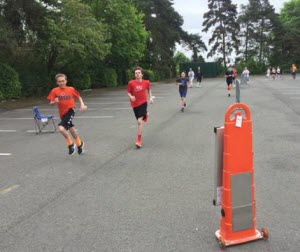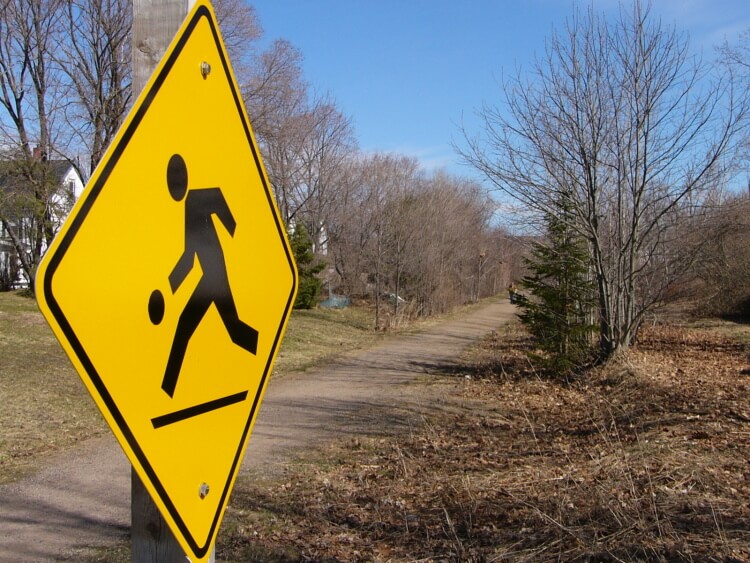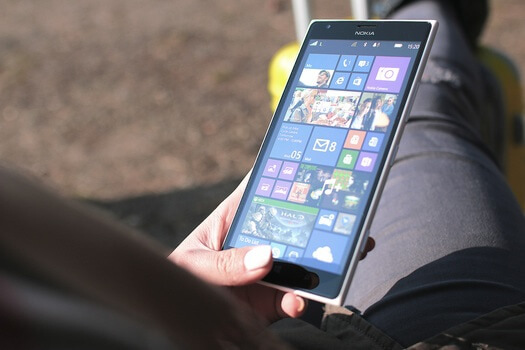(This essay was originally published on SHAPE America’s member Exchange [June, 2015] and is reprinted with permission.)
Some time ago, Kevin Costner starred in a movie called “The Guardian.” He played Ben Randall a legendary Coast Guard rescue swimmer admired for his success saving lives. A new recruit, determined to better Randall’s achievements, repeatedly asks him for his “number.” How many lives has he saved? Randall avoids responding, until close to the movie’s end when, pressed again for his number, he responds, “Twenty-two.” The rookie life saver is surprised because it is a rather unimpressive number for a legend. But then Randall explains, “Twenty-two is the number of lives I failed to save!”

Jim Perry, familiar to many of you as one of SHAPE America’s longtime sport advocates, reminded me of this story after my recent presentation at the Southwest District/Utah AHPERD conference in Park City. He’d listened to me talk about “50 Million Strong by 2029,” SHAPE America’s goal to get all kids entering preschool this fall physically active and healthy in 14 years (or sooner). At the end of the session, audience members began personalizing the challenge. They described their unique piece in the puzzle. As K-12 health and physical educators they were responsible for two, three, or four hundred kids. The numbers varied by level but the point was clear. The way to reach 50 million is for each of us to focus on what we can do. None of us can change the behaviors of millions, but each one of us can take responsibility for changing the physical activity and health habits of all of the students we serve in our schools. After listening to this exchange, it was Jim who in his usual quiet and deliberative manner suggested that each of us should focus on answering the question, “What’s my number?”




